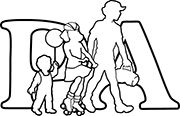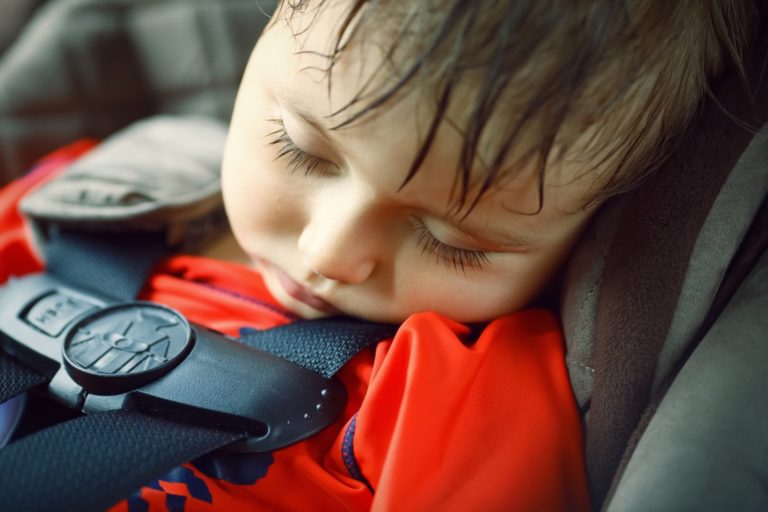No one loves the return of summer weather more than I do, however as temperatures are heating up it’s a good time to remember that every year an average of 38 children under the age of 15 die in the United States from heatstroke in cars. In fact, 2018 had the highest number of hot-car deaths recorded, 51, according to the National Safety Council. Hot-car deaths occur when a child is left, intentionally or unintentionally in a car, or if they climb in an unattended car and lock themselves in.
Heatstroke is a heat illness when the body isn’t able to cool itself and can lead to organ damage or death if not treated (note: this cannot happen from a fever caused by illness). Cars act as a greenhouse, trapping heat inside them and allowing them to get to the dangerous temperatures that lead to heatstroke. A car’s interior temperature increases by an average of 19o in 10 minutes- so on a 75o day after just 10 minutes the interior of a car will reach 94o! Children are uniquely at risk of developing heatstroke because they heat up 3-5 times faster than adults and have less ability to regulate their body temperature.
There are several steps we can take to prevent this tragic and deadly illness. The first is never to leave a child unattended in a car. Heatstroke has been documented at temperatures as low as 57o and on cloudy days- don’t count on the weather to protect your child. If you see a child alone in a car call 911, and if they seem hot or sick then get them out as quickly as possible (in Virginia there is a Good Samaritan law that protects you from legal action if you damage a car to get a child out).
Next, we can take steps to prevent unintentionally leaving a child in a car- the cause of 54% of all hot-car deaths. While it’s tempting to think that it would be impossible for us to leave a child in a car, this is the type of thinking that can lead to a tragic accident. Factors that contribute to forgetting a child in a car include fatigue, changes in routine, stress, and distraction- things I’m sure we’ve all experienced at one time or another. Therefore, it’s important that you create a habit that ensures there is no child in the backseat that you practice every single time you’re in the car. Put an item in the backseat you can’t leave without to enforce that habit. Have school or daycare call you if your child doesn’t show up when expected and be extra careful to communicate who is driving the kids during busy times, schedule changes, and periods of crisis.
About a quarter of hot-car deaths are attributable to kids getting into a car without an adult knowing and not being able to get out. That’s why it’s important to always lock your car when leaving it and ensure that children don’t have access to keys or car fobs. Teach children from a young age that they are not allowed to play in cars and that if they need to go get something from a car, they need to let an adult know. Finally, if a child ever goes missing remember to check nearby vehicles including trunks to make sure they haven’t gotten in there and gotten stuck. Check out the National Safety Council’s free online course about hot-car deaths at nsc.org/hotcars and share it with others especially friends and relatives that might not have kids of their own, but might sometimes drive your kids. Kidsandcars.org is another great resource including this Safety Tips Sheet http://www.kidsandcars.org/wp-content/uploads/2019/03/Heatstroke-SafetyTips-2019.pdf
Alaina M. Brown, MD FAAP

